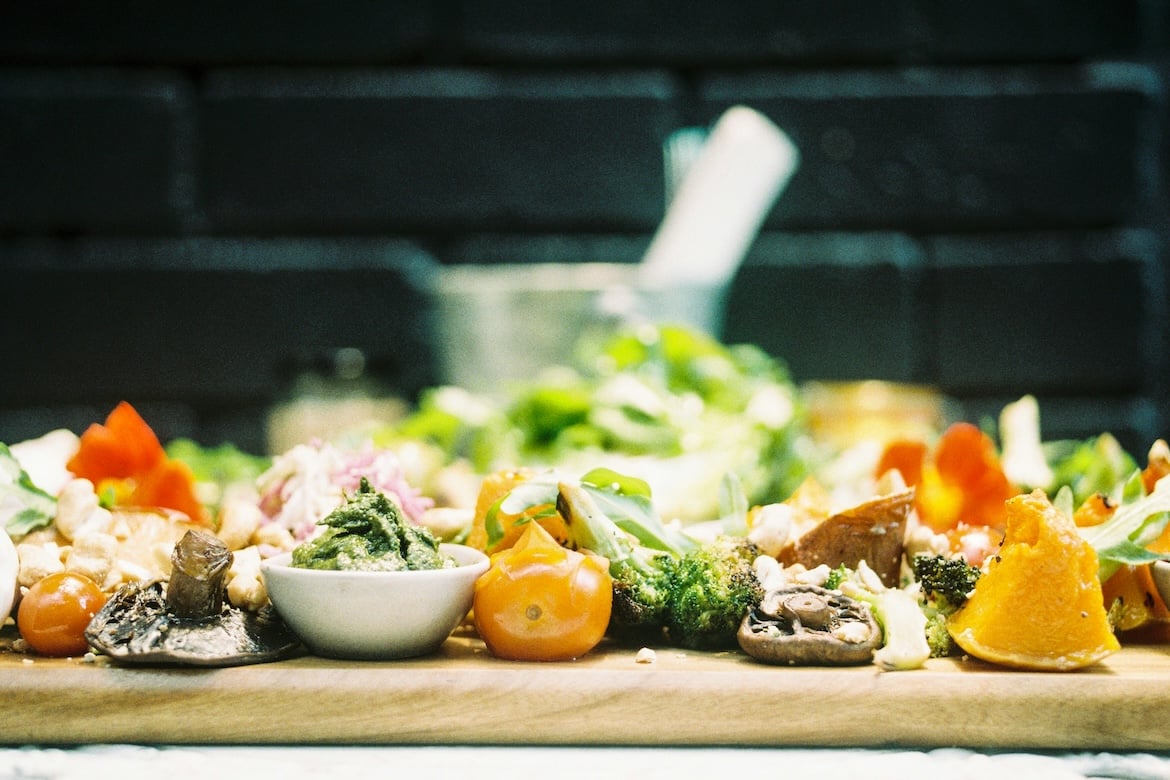This week’s list of top data news highlights covers July 12, 2025 to July 18, 2025 and includes articles on Turkey’s AI-powered air defense system and a Dubai restaurant using AI to design new dishes.
1. Automating Construction Excavators
Bedrock Robotics, a San-Francisco based technology startup, is building autonomous systems for construction equipment. The company retrofits heavy machinery with cameras, lidar, and onboard computers, together with Bedrock’s proprietary AI software that interprets site conditions and controls the equipment in real-time. This allows excavators to dig, load, and operate continuously, even in extreme heat or overnight, without human operators. The goal is to reduce labor costs and accelerate construction timelines.
OpenEvidence, a medical information company based in Miami, has developed an AI tool that helps physicians quickly access insights from peer-reviewed medical research. Its algorithms scan millions of medical publications and return clinically relevant insights, complete with citations, at the point of care. By streamlining information retrieval, the platform helps doctors make faster, more informed decisions, easing burnout and enhancing the quality of care.
Researchers at the University of South Florida are developing an AI system to detect signs of pain in newborns who are unable to cry. The system uses cameras and microphones to analyze facial expressions, body movements, crying sounds, and vital signs, then alerts nurses if signs of distress are detected. This helps neonatal intensive care teams respond more quickly and accurately to infant pain, especially in cases where physical cues are subtle or ambiguous.
XploreRide Hawaii, an eco-tourism company based in Honolulu, has launched a bus tour that blends real-world sightseeing with immersive virtual reality. As the bus passes landmarks, passengers wear headsets that overlay coral reefs, marine creatures, and Hawaiian legends onto the live view. This experience merges sustainable travel with cultural storytelling, offering a new way to explore Hawaii.
5. Understanding Frog Communication
University and conservation teams in Southern California are using AI‑assisted audio monitoring to track the recovery of the federally threatened California red‑legged frog. Years ago, scientists moved frog eggs from Mexico to Southern California to help reestablish the species. Now, small recording devices placed near those release areas capture frog calls. Machine‑learning models then analyze these sounds to identify how many frogs are present and where they’re calling from, enabling a non‑intrusive way to measure breeding success.
6. Performing Gallbladder Surgery
Researchers from Johns Hopkins, Stanford, and Columbia have developed a surgical robot capable of removing a gallbladder entirely on its own. The robot, called SRT-H, uses a two-part AI system: one component decides the next surgical action—like clipping a duct—while another translates that decision into precise hand movements using wrist-mounted cameras and endoscopic video. In tests on pig cadavers, the robot completed the entire procedure without human assistance, demonstrating a new level of autonomy in surgical robotics.
MIT graduates have developed a desktop 3D printer called FOODres.AI that transforms household food waste into functional objects like coasters and containers. A companion app uses AI to identify food scraps with a user’s phone camera and suggests how to process and print them based on their properties. By turning organic waste into useful items at home, the system offers a small-scale, sustainable alternative to throwing food scraps away.
The Ocean Cleanup, a nonprofit based in the Netherlands, has partnered with Amazon Web Services to develop a new AI-powered system for removing plastic from the Great Pacific Garbage Patch. The system combines satellite imagery, drones, and floating trackers to detect plastic pollution in real-time and guide cleanup vessels to high-density areas. By improving how debris is located and marine life is monitored, the system helps optimize plastic removal while reducing harm to ocean ecosystems.
WOOHOO, a new restaurant in Dubai, features Chef Aiman, an AI system that designs dishes, menus, and drink pairings by analyzing global recipes, food science, and ingredient data. Aiman generates creative combinations based on flavor profiles and culinary chemistry, which human chefs then test and refine. The result is a dining experience that blends computational creativity with human skill, reimagining how meals are conceived and brought to the table.
10. Improving Turkish Air Defense
Turkey has unveiled “Çelik Kubbe” (Steel Dome), a new air defense system that uses AI to protect against drones, missiles, and aircraft. It connects domestically made weapons and radar systems to a central AI command center, which gathers data from sensors across the system to build a shared picture of the airspace and coordinate a response. This setup helps detect threats earlier and direct the right weapons to intercept them faster.

